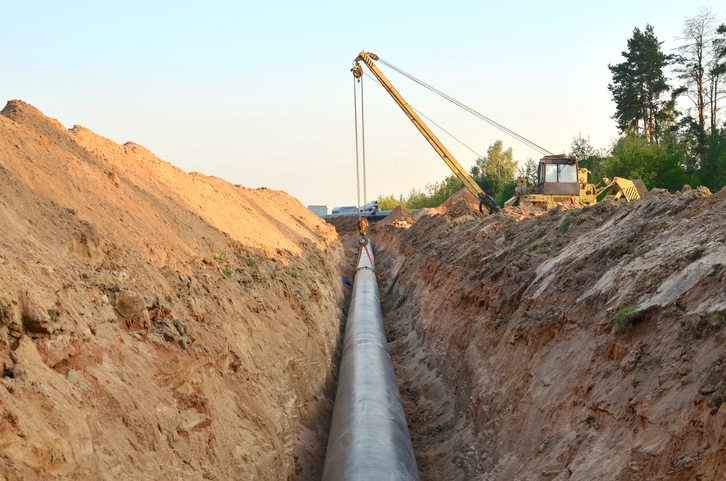The Costs of New AGL Natural Gas Pipelines

Across Georgia, new natural gas pipelines are going in. Five projects in action will lay miles of new pipes for better service. Natural gas use in Georgia has gone up about 5% in the last year alone, according to Georgia Today. These new pipelines will help meet rising demand. But the big question is, who is footing the bill? By raising their rates, the Atlanta Gas Light natural gas pipelines to improve service will cost consumers.
Current AGL Natural Gas Pipeline Projects
Let’s look at the five pipeline projects going on for natural gas in Georgia. Most of these projects are transmission pipelines to help meet growing demand. These are large pipes, about 6-48 inches, used to move large amounts of gas to distribution points. On the other hand, one project is for distribution lines. These pipes are smaller, about ½-2 inches, and get gas to end users.
Firstly, the Cumming to Hall County Pipeline Project runs 10 miles of transmission pipeline. It starts in Forsyth County and travels through Dawson and Lumpkin Counties and into Hall County. Work began in 2022 and is wrapping up now. The project aims to ramp up natural gas access, even on colder winter days.
The Wade Green Road Phase II Project installs about 5.5 miles of transmission pipeline in Cherokee and Cobb counties. Furthermore, the new pipeline connects to the pipes already in service at each end. Pipes start going in early August 2025 and will be done by the end of the year. The purpose of this pipeline is to boost pressure and reliability in the area.
High Point to Villa Rica Project adds 7.5 miles of transmission pipeline in Douglas and Carroll counties. Work begins July 2025 and finishes by year’s end. The project aims to improve gas pressure and service strength in the area.
The Cumming to McGinnis Ferry Project installs about 3 miles of distribution pipeline between Gwinnett and Forsyth Counties. Laying pipe is planned to start in 2027. This pipeline will boost supply to the area.
Finally, The Jasper to Ellijay Project will build about 20 miles of transmission pipeline in Pickens and Gilmer Counties. Surveys start June 2025 and work is scheduled for 2028. This project will boost supply system and enhance reliability.
Cost to Consumers for New Pipelines
Putting in more pipeline capacity will help keep the gas supply – and prices – in Georgia stable. But, putting in new pipelines is not cheap. So, AGL passes the cost of these projects onto its customers, like you. Specifically, you pay the bill for upgrades with rate hikes to the delivery charges on your natural gas bill. Even if you buy natural gas from a natural gas supplier, you still pay Atlanta Gas Light for delivery.
Beyond costs that show up on your monthly bill, environmental groups argue there are other costs from pipelines. For example, the South System Expansion 4 project is a major pipeline expansion project waiting federal approval. This project would to bring even more natural gas into Georgia. However, the Southern Environmental Law Center argues it poses several risks. These include pushing up carbon emissions as well as crossing 11 rivers and over 100 watersheds. Lastly, the $3.5B price tag ties Georgia to more fossil fuel use for many years to come.
Stay up to date about this project and other information about your Georgia gas at https://www.georgiagassavings.com.
